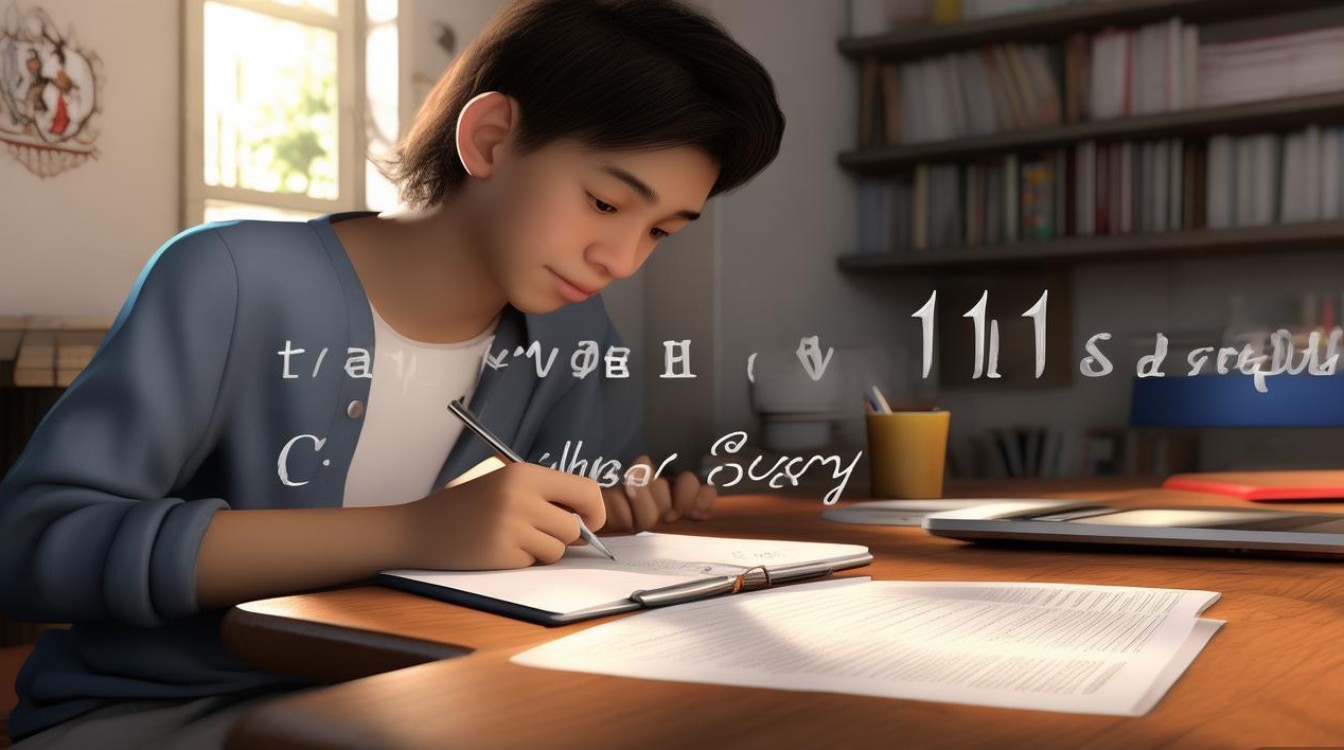总体概览
| 测试编号 | 题目类型 | 图表主题 | 核心考点 |
|---|---|---|---|
| Test 1 | 动态图 (线图) | 四个国家在1960-2025年间的人口老龄化比例变化 | 趋势描述、数据对比、时态运用 |
| Test 2 | 静态图 (饼图) | 澳大利亚大学中不同性别学生的学科选择分布 | 数据排序、占比描述、数据对比 |
| Test 3 | 流程图 | 如何制作巧克力 | 步骤顺序、动词使用(被动语态)、连接词 |
| Test 4 | 动态图 (柱状图) | 澳大利亚在2004-2025年间可再生能源发电量的变化 | 趋势描述、数据对比、单位换算 |
Test 1: 动态图 (线图)
题目分析
- 图表类型: 线图
- 主题: 四个国家(日本、瑞典、美国、意大利)从1960年到2025年,65岁及以上人口占总人口的比例变化。
- 核心任务:
- 概述: 描述图表最显著的整体趋势和特征。
- 细节: 对比不同国家在不同时间点的数据,描述具体的变化。
- 时态: 必须使用一般过去时,因为描述的是过去发生的变化。
高分范文解析
The line graph illustrates the proportion of people aged 65 and over in four countries from 1960 to 2025.

- 解析: 开篇直接点明图表类型和核心内容,简洁明了。
illustrates是描述图表的常用词,比shows更正式。
Overall, all four countries saw a significant increase in the proportion of elderly people over the period. While Japan experienced the most dramatic rise, the figures for Italy and Sweden were also notably high, whereas the figure for the USA remained the lowest.
- 解析: 这是概述部分,是全文的灵魂,它总结了三个核心信息:
- 共同趋势: 所有国家都经历了显著的增长 (
significant increase)。 - 最大差异: 日本的增长最为剧烈 (
most dramatic rise)。 - 数据对比: 意大利和瑞典的数据也很高 (
notably high),而美国则最低 (remained the lowest)。
- 词汇亮点:
proportion,significant,dramatic rise,notably high,whereas(用于对比)。
- 共同趋势: 所有国家都经历了显著的增长 (
In 1960, around 5% of the population in Japan was 65 or older, a figure which was the lowest of the four nations. Over the next 40 years, this figure rose steadily, reaching approximately 10% by 2000. After 2000, there was a sharp increase, and by 2025, the proportion had more than doubled to just over 25%.
- 解析: 主体段1,专门描述日本的数据,结构清晰:
- 起点: 1960年的数据 (
around 5%) 和其在当时的排名 (the lowest)。 - 中期变化: 1960-2000年的稳步增长 (
rose steadily)。 - 后期变化: 2000年后的急剧上升 (
sharp increase) 和最终数据 (more than doubled to just over 25%)。
- 词汇亮点:
steadily,approximately,sharp increase,more than doubled。
- 起点: 1960年的数据 (
Sweden and Italy both started with a figure of about 7% in 1960. The proportion of elderly people in Sweden grew gradually until 1980, after which it levelled out at around 15% until 2000. From 2000 to 2025, it rose again to reach nearly 20%. In contrast, the figure for Italy increased more steadily, surpassing that of Sweden in 2000 and reaching just under 25% by 2025.
- 解析: 主体段2,对比描述瑞典和意大利的数据,采用对比法,将两国数据放在一起描述,逻辑性强。
- 共同起点: 1960年均为7%。
- 瑞典趋势: 1980年前增长 (
gradually),1980-2000年持平 (levelled out),2000年后再次上升 (rose again)。 - 意大利趋势: 增长更稳定 (
more steadily),并在2000年超过瑞典 (surpassing that of Sweden)。
- 词汇亮点:
levelled out(描述持平),in contrast(引出对比),surpassing(使用现在分词短语使句子更紧凑)。
The USA had the lowest proportion throughout the period, starting at 5% in 1960 and rising to only 8% in 1980. The figure then climbed more quickly, reaching 15% by 2025.
- 解析: 主体段3,单独描述美国的数据,因为它始终是最低的,逻辑上最后描述。
- 整体特征: 始终是最低 (
lowest proportion throughout the period)。 - 变化: 1980年前增长缓慢 (
only 8%),1980年后增长加快 (climbed more quickly)。
- 词汇亮点:
throughout the period,climbed more quickly。
- 整体特征: 始终是最低 (
写作要点总结
- 时态是关键: 动态图必须用过去时。
- 概述决定高分: 概述段要提炼出图表最核心的2-3个特征(总体趋势、最突出的数据/对比)。
- 分段清晰: 可以按国家分段,也可以按时间或趋势分段,Test 1的范文是按国家分段,清晰明了。
- 数据支撑: 每个趋势描述都必须有具体数据作为支撑。
- 词汇多样: 避免重复使用
increase,可以使用rise, grow, climb, surge, skyrocket(急剧上升) 等,描述变化程度可以用steadily, gradually, sharply, dramatically, significantly。
Test 2: 静态图 (饼图)
题目分析
- 图表类型: 饼图
- 主题: 2010年澳大利亚大学中,男生和女生在不同学科(工程、计算机科学、自然科学、人文社科)的就读比例。
- 核心任务:
- 概述: 描述图表最显著的整体特征(如:哪个学科最受欢迎,男女在学科选择上的最大差异等)。
- 细节: 对比不同部分的大小,描述具体数据,可以按学科或按性别来组织信息。
高分范文解析
The pie charts compare the gender distribution of students across four different fields of study in Australian universities in 2010.
- 解析: 开篇点明图表类型、比较对象(性别分布)、学科类别和时间。
Overall, it is clear that females were predominant in Humanities and Arts, while males were more represented in Engineering and Computer Science. The proportions for students in Natural and Physical Sciences were more evenly balanced between the two genders.
- 解析: 概述部分,精准地抓住了图表的核心对比:
- 女性主导: 人文社科。
- 男性主导: 工程和计算机科学。
- 性别均衡: 自然科学。
- 词汇亮点:
predominant(占主导地位的),more represented(更具有代表性的),evenly balanced(均衡的)。
In the Humanities and Arts, females accounted for 70% of the student population, whereas the corresponding figure for males was only 30%. This was the most significant gender imbalance across the four categories. In contrast, in Engineering, males made up 80% of students, with females constituting just 20%.
- 解析: 主体段1,聚焦于性别差异最大的两个学科。
- 人文社科: 女性70% vs 男性30%,强调这是“最显著的失衡” (
most significant gender imbalance)。 - 工程学: 男性80% vs 女性20%,使用
In contrast形成鲜明对比。
- 词汇亮点:
accounted for,corresponding figure,constituting。
- 人文社科: 女性70% vs 男性30%,强调这是“最显著的失衡” (
**In Computer Science, the gender split was more balanced, with males comprising 60% and females 40% of students. Finally, in Natural and Physical Sciences, the figures were almost equal, with males at 52% and females











